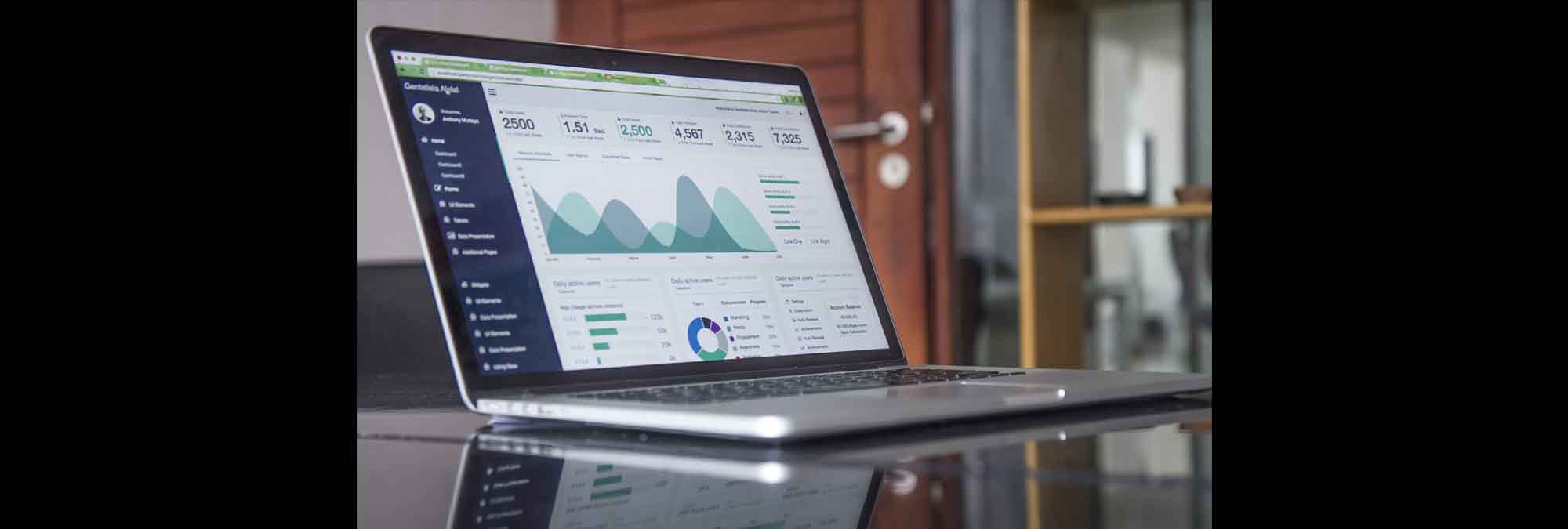Many nonprofits and in particular the small ones have had a hard time modernizing their processes and outreach in the past years and this became an even larger problem once the pandemic hit, forcing them to go fully virtual with their everyday operations. This need for digitalization has accelerated the necessity to have a united strategy that integrates all the different digital touchpoints. This is what a well-integrated digital marketing strategy should aim to do; follow your user with a consistent message through your website, emails, social media, webinars, and all your content marketing initiatives answering their needs and curiosities and finally moving them to complete an action.
How an integrated Digital Marketing strategy can benefit your nonprofit
The benefits of an efficient Integrated Digital Marketing plan can respond to many different needs of your nonprofit from volunteer and partner recruitment to fundraising. It can create and enhance awareness and establish a clear image of your cause. An Integrated marketing campaign can be useful in helping to inform and educate your public and key stakeholders about your cause explaining why it’s essential and what your organization is doing to support it by showing different sides of the subject through various media. Through an effective Integrated Digital Marketing Strategy, you can leverage your donors and reach your fundraising goals.
In 2019, for example, online donations generated about 8.7 % of all fundraising revenue for nonprofits, excluding grants *
Research shows how mobile and other digital channels continue to change how donors engage with nonprofit organizations. In 2019, in fact, an estimated 26% of online donations were made using mobile devices.
With the rapid growth of digital channels like e-commerce websites in the past months, studies show, consumer behavior will increasingly align with donor behavior when it comes to digital fundraising and engagement and that’s why nonprofits need to be smart and start thinking about an effective integrated digital marketing strategy. The benefits of an integrated digital campaign include first of all the possibility to reach a wider target audience and the chance to measure your ROI (return on investment) much more easily than in any off-line marketing campaign. Secondly, the opportunity to save your organization money since your assets will be shared across different channels. Your brand aficionados will then become advocates themselves for your cause, reshaping your message through multiple platforms.
How to get started optimizing your digital marketing efforts – PLAN
☑ Set objectives and goals
☑ Create your structured digital strategy
In order to start optimizing your efforts follow these three simple steps:
Set a SMART goal
Select your most important goal and make sure it is Specific, Measurable, Attainable, Relevant, and Time-bound. Using this methodology you can obtain a clear view of your main objective. For example, if your nonprofit aim is to spread awareness among young people on the importance of voting your goal could look like this:
Specific: Encourage vote registration between the age of 18 and 25 by sharing tips and tutorials
Measurable: we want an increase of 5%
Attainable: Last year the conversion rate was 3%, aiming for 5% by investing more time and resources is realistic.
Relevant: Sharing tutorials and motivating your content can help the audience to understand the importance of voting which is at this moment a recognized relevant subject.
Time-bound: The campaign will last from January 2020 to October 2020.
Structure your digital strategy
Choose who you want to reach and the meaningful action a user takes as a response to your messages. This could be a video view, a website visit, a pledge signature, a contact fill form, a newsletter subscription, a donation, etc. You can think of reviewing your digital proposition and communicating it using targeting techniques such as identifying a specific target, segments, and personas to better shape your messages.
Define channels that fit your message – REACH
☑ Select the best channels
☑ Define your online audience
☑ Optimize your digital communications
Decide which digital media you want to use, determining where your audience is more likely to be active and responsive. Define your online audience and persona to tailor your digital communications even more. Rethink your customer journey and how your users, supporters, and volunteers find you and engage with you. Make sure your message is relevant and adaptable cross-channel, and revise your content strategy consolidating a unique message and call to action. Decide which channels best fit your campaign and make sure they cross paths with your audience’s customer journey.
Rethink your content strategy in light of what happened this past year providing, for example, new relevant content to your nonprofit website highlighting how you’re helping to cope. If email marketing is part of your strategy make sure your newsletter highlights the message and the call to action of your campaign integrating any other relevant content that your audience could find useful and interesting to read in that specific moment. If you’re not using email marketing yet you should definitely put it on your to do list as it is proven that newsletters have a much higher engagement rate than other types of digital marketing and they can help convey your message in a very personal and direct way.
Optimize and implement your digital communications
Optimize your digital communications across all key touchpoints:
Reach: Build your customized audience by integrating paid, owned, and earned media.
Act: Use engaging content marketing and persuasion to prompt interaction with your organization and create leads.
Convert: Push your enthusiast users to take action with focused calls to action.
Engage: Develop customer loyalty and bring recurring donations
Measure and improve – ACT
☑ Interpret data and optimize
☑ Engage
While 90% of nonprofits say that they collect data, only 40% use it during their decision-making process. In particular, only 5% of nonprofits use data in every decision that they make.* While of course, not every decision in the organization needs to be data-driven, when it comes to digital marketing, data can help to better understand what we did right and what we did wrong and where our users responded positively to our calls to action.
If you already have a Google Analytics account set up, go ahead and make sure you have established your campaign goals in Google Analytics. If you don’t have one, your first step is to sign up for Google Analytics. After you’ve created a Google Analytics account, you should set up your website as a “property” This way you can begin to collect data about your website’s visitors. As a second step, you’ll need to create your first Google Analytics “reporting view.” Following this process you’ll be able to analyze the data you’re collecting. Last but not least: add the analytics tracking tag to your website.
You can also join Google for Nonprofits to find specific tools such as G-Suite, Google Ad Grants, and the YouTube Nonprofit Program. It also provides in-depth tutorials that show nonprofits how to get the most out of each Google service to accomplish their goals.
Identify opportunities and correct your strategy along the way to encourage brand interactions and leads prioritizing engaging and recognizable content marketing.
Final tips and channels to explore
☑ keep up your SEO
☑ Exploit your social media marketing
It’s also best practice to keep optimizing your SEO in order to stay relevant within search engine parameters. We’ll talk about it more in the next dedicated Blog Post. Additionally, review the relevance of your Google AdWords (paid search) campaigns to be sure that the content aligns with the actual goal of your campaign. Social media marketing optimization is also something every nonprofit should consider when reshaping its online presence. Through social media you can reach your audience in a more direct and consistent way, it is also a cost-effective alternative to other methods. You should review the effectiveness of customer communications in order to adjust your aim and never waste your time that could be better spent elsewhere.
In conclusion, by having someone manage social media and email campaigns to raise customer engagement and advocacy you can greatly improve your campaign and outreach.
All these actions will allow you to convert, increase donors and retain clients and finally build customer loyalty and advocacy.
All of this information can certainly be overwhelming but by taking the information that applies to you and putting it into practice step by step you can eventually reach your full potential.
Author: Katia Sperandio, for WebServes




